Drawing Her Own
Path to Success
Bestselling Author Rachel Ignotofsky on Sharing
the Wonders of Art and Science Through Design
By Leslie Dinaberg | Photos by Thomas Mason | January 12, 2023
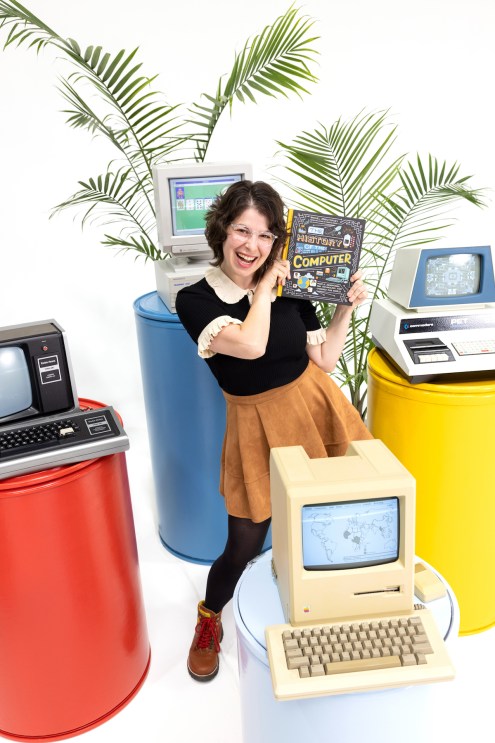
Most writers find their way to the page as readers first, but New York Times best-selling author and illustrator Rachel Ignotofsky had a different path. “When I was growing up, reading was always really difficult for me, and it was these super illustrative books that I read in my local library that allowed me to actually see myself as a smart kid and approach reading on my own terms through also looking at the pictures,” she said.
With her books for young readers — starting with her first book, Women in Science (2016) — kids find that “the illustration has introduced you to the topic and has taught you something before you read a single word. So you’re already going in with knowledge, rather than completely dry,” said the now 33-year-old writer/illustrator, who began her career creating greeting cards for Hallmark.
Even when she was drawing birthday cakes by day, her interest in science piqued her creativity. She started creating “super information-dense posters” about topics like human anatomy and biology that she thought were interesting and used them to get jam-packed, information-focused freelance projects on a Holocaust documentary and with cancer research foundations.



“I’m a maximalist; I try to put as much on the page as possible,” said Ignotofsky. This is in evidence with the posters shown here. | Credit: Thomas Mason
Her breakthrough Women in Science book started out as a personal project. “I started creating this whole poster series about women and their fields of study that have really inspired me, and everyone was so responsive to it. I started getting these emails from people saying things like, ‘I’m putting this up in my research lab,’ ‘People are stopping at my cubicle to start a conversation,’ and ‘‘I’m sharing these posters with my daughters every night.’”
It became clear to Ignotofsky that the posters needed to be a book. “This is the power that illustration has: It makes you stop, you look, you learn more, you start talking — and so I quit my job,” she laughed.
The book, published by the Ten Speed Press division of Random House, was an instant success and was on the New York Times best-seller list for more than 90 weeks. Since then, her work has been enjoyed by readers around the world and translated into 24 different languages. A whole closet in her house on the Mesa is filled with the collection of her books in different languages, shared Ignotofsky with a smile. “It’s just so exciting to see.”

Those titles include an ongoing focus on women’s history. Women in Sports (2017) followed Women in Science, “because what’s the biggest stereotype that women face? It’s that our bodies are inherently weak. And that has been the excuse to prevent us, historically, from going to school, from leadership opportunities, and what better way to break that harmful stereotype and talk about women who have, you know, bench-pressed over 350 pounds, who have climbed Mount Everest, who have broken world records?” said Ignotofsky.
She also published Women in Art (2019), about which she said, even though she graduated from Tyler School of Art in Philadelphia, “What’s exciting about this book is that there were honestly names in here that I didn’t know about until I started really deep-dive researching. … With art, you’re talking about social and cultural impact, which you don’t really know if they had until years later.”
The book features beautifully illustrated biographies of 50 graphic designers, illustrators, architects, and fabric designers — some well-known (Georgia O’Keeffe, Frida Kahlo), and some less known (Guan Dausheng, Mary Edmonia Lewis). “People who have just really changed our culture, and have had real impacts for social good, actually, all through the lens of artwork,” said Ignotofsky, adding, “The wanting to make art was just always so strong,” she can’t imagine being anything other than an artist.
An example of one of the stories she found for the book was about Rosa Bonheur, who is widely considered to be the most famous female painter of the 19th century and “was an out lesbian in France, who had to get an actual license from the government to be allowed to wear pants in public,” said Ignotofsky. “Seriously! And she was just so talented that it was kind of like her talent made her undeniable. So she was very successful, made lots of money, and then created basically an artist retreat and bought this huge estate for other queer and lesbian women to come and work in a safe space.”

Earth science is another passion for Ignotofsky, and additional books include The Wondrous Workings of Planet Earth (2018), and What’s Inside a Flower? (2021), which is the first installment of a new picture book series with Random House Kids. Still to come are What’s Inside a Caterpillar Cocoon?, which was directly inspired by the Ellwood Butterfly Preserve, and What’s Inside of Birds’ Nests?, both of which are designed to align with the elementary school curriculum. To do that, Ignotofsky looks at “what are the terms that the teachers are going to be teaching in class, and then how can I reinforce them as an author, and just make it easy for the teachers, because it’s all about making it easy for everyone.”
She also supports the educational component with free coloring pages and worksheet downloads on her website, as well as creating a host of other for-sale products such as posters, puzzles, prints, coloring books, and postcards.

With a background in graphic design, “we are trained to take information and make it as simple to read as possible. It’s like graphic designers use their skills all the time to tell stories, and usually it’s to sell things. Whether it’s Coca-Cola, or a brand-new car, how do you get all that information across instantaneously? So you don’t lose someone’s attention? Now, imagine if you took that skill set and then applied it to educational resources.”
Juggling all of the different aspects of her work can be challenging, Ignotofsky said. She’s always promoting a book at the same time she’s writing and illustrating a different book and developing concepts for books to come. Concept development is an intricate researching, storyboarding, and planning process (including defining the style and color palette) that involves creating what she describes as “a little cage for the information.”
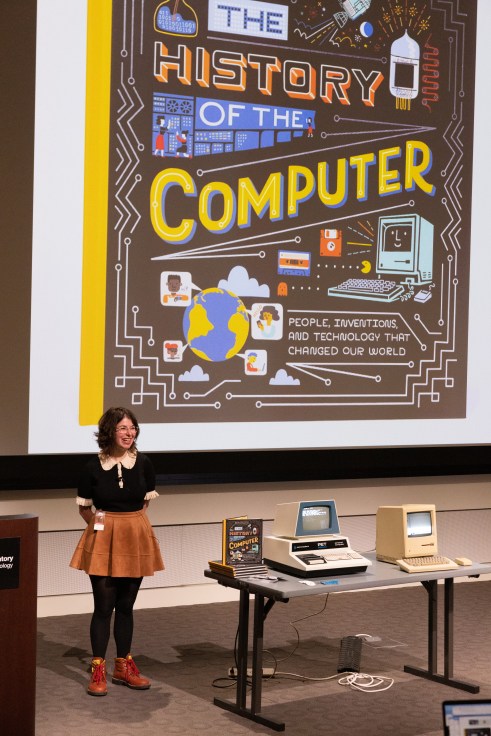
In terms of discipline, Ignotofsky said, “Your productivity is so tied to your income when you work for yourself, that you have to kind of throw away the rulebook of the normal nine to five and do what works for you. So for me, I’m not a morning person; I’m a night person. Why even try to work before noon? … Sometimes I’ll be drawing ’til like two or three in the morning happily, because that’s when I feel creative. And so it’s like, don’t fight your processes.”
Ignotofsky clearly loves digging into her research and said, “Being an author and illustrator working on nonfiction, it’s just like, it’s not just like your job. It really is like this lifestyle of learning all day.” Luckily, her husband and business partner, Thomas Mason, shares that passion. For their most recent book project, The History of the Computer (2022), Mason scoured the West Coast to curate and create what Ignotofsky called “our own little museum. We started our own vintage computer collection. So we were driving around all over Southern California and also up to San Francisco to get a Commodore PET from 1977, and a 1984 Macintosh, and a bunch of other really cool ones from primary sources. We’re the second owners of these machines, which is really cool.”
A look at our ever-evolving relationship with computers and technology, The History of the Computer spans over 25,000 years of human history and is the first fully illustrated book of its kind, a fact that clearly tickles its author.
“It’s been so exciting,” she said. “With all of my books, you go in your room, and you create them and you make this thing by yourself and you hope that your audience is receptive to it.”
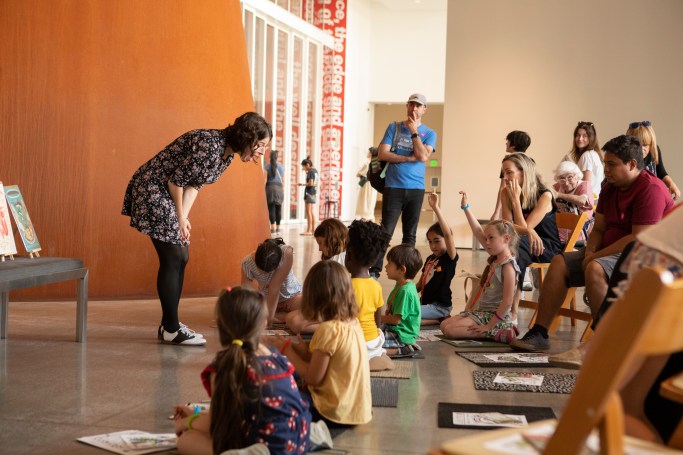
After working on the computer book through the pandemic and lockdown, she was thrilled to be able to visit NASA for an appearance (her second one after Women in Science), as well as meeting some of her heroes like Lee Felsenstein, founder of the Homebrew Computer Club, where Steve Wozniak showed off the first Apple Computer. “Getting to like, sit and have coffee with him in Menlo Park … there’s not a lot of times that you get to talk to someone who you’re like, ‘Oh, you’re like a certified genius.’ … Getting to pick his brain, but then him wanting to pick my brain about certain things was cool. That was really special.”
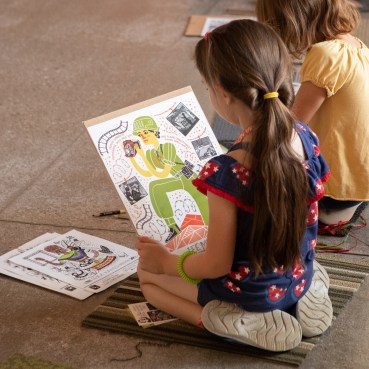
As for communicating that enthusiasm to her young readers, Ignotofsky said, “My feeling is you don’t have to want to become a scientist to need to know science, right? A love of science starts with just wanting to know how your world works. And then, by understanding the mechanics of how your world works, you have a better understanding of everything and yourself.”
Describing her work, Ignotofsky said that the art is the fun part and the writing is the work part. “I feel like I have been effortlessly drawing; I just can’t stop myself from drawing since I was a child. Writing has always been something that I do because I love to say what I gotta say. I do that because it is the best way to communicate what you want to say, and have people hear your voice. Drawing I would do if no one was around. … If I’m feeling sick. If I’m feeling sleepy, I can just draw, draw, draw. Which means that I have to really time manage myself to make sure that I do my writing. And that requires discipline.”
“There’s a lot of authors and artists who welcome you into their mind and their world. I’ve never been that type of person. My work is not about me. It’s about the stuff that I’m interested in. … How can I help create resources that inspire people to learn about the real world, to be more engaged with the world that they live in?”

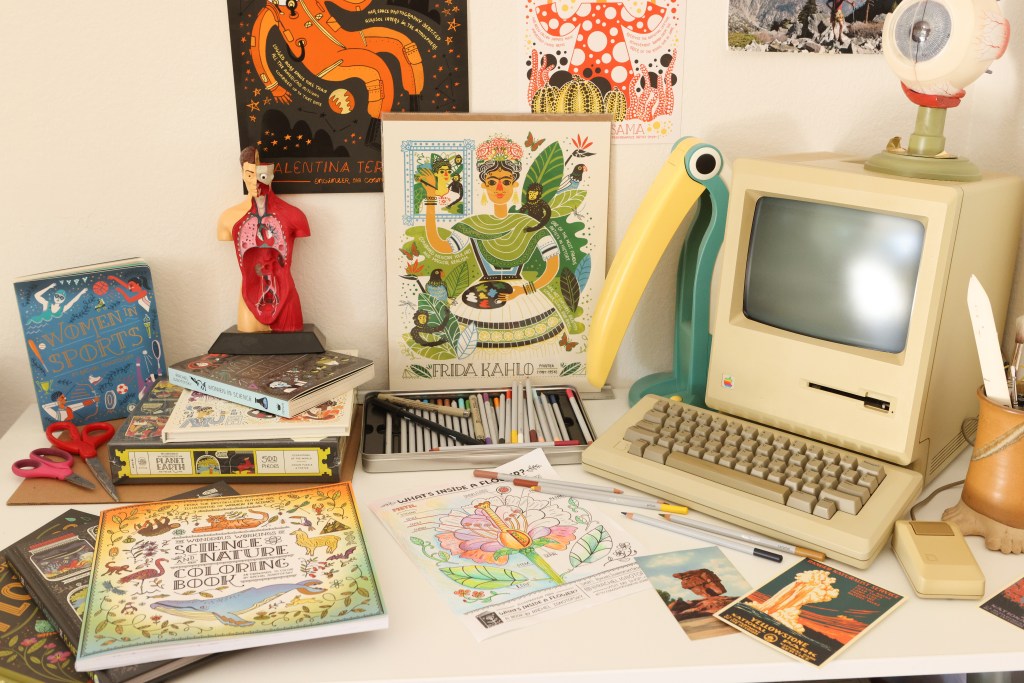
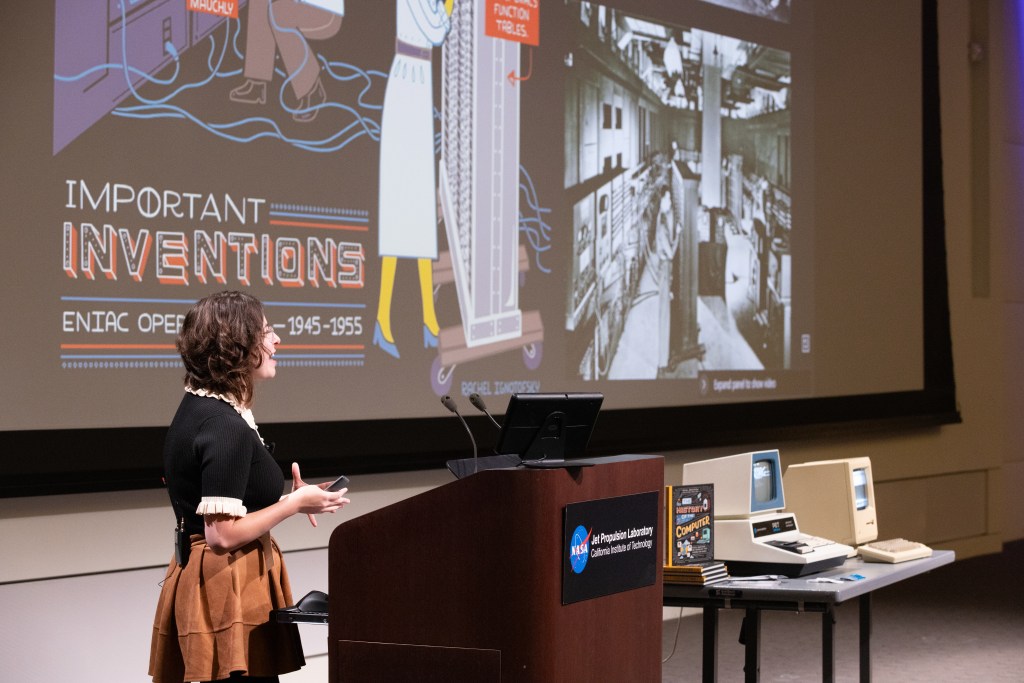
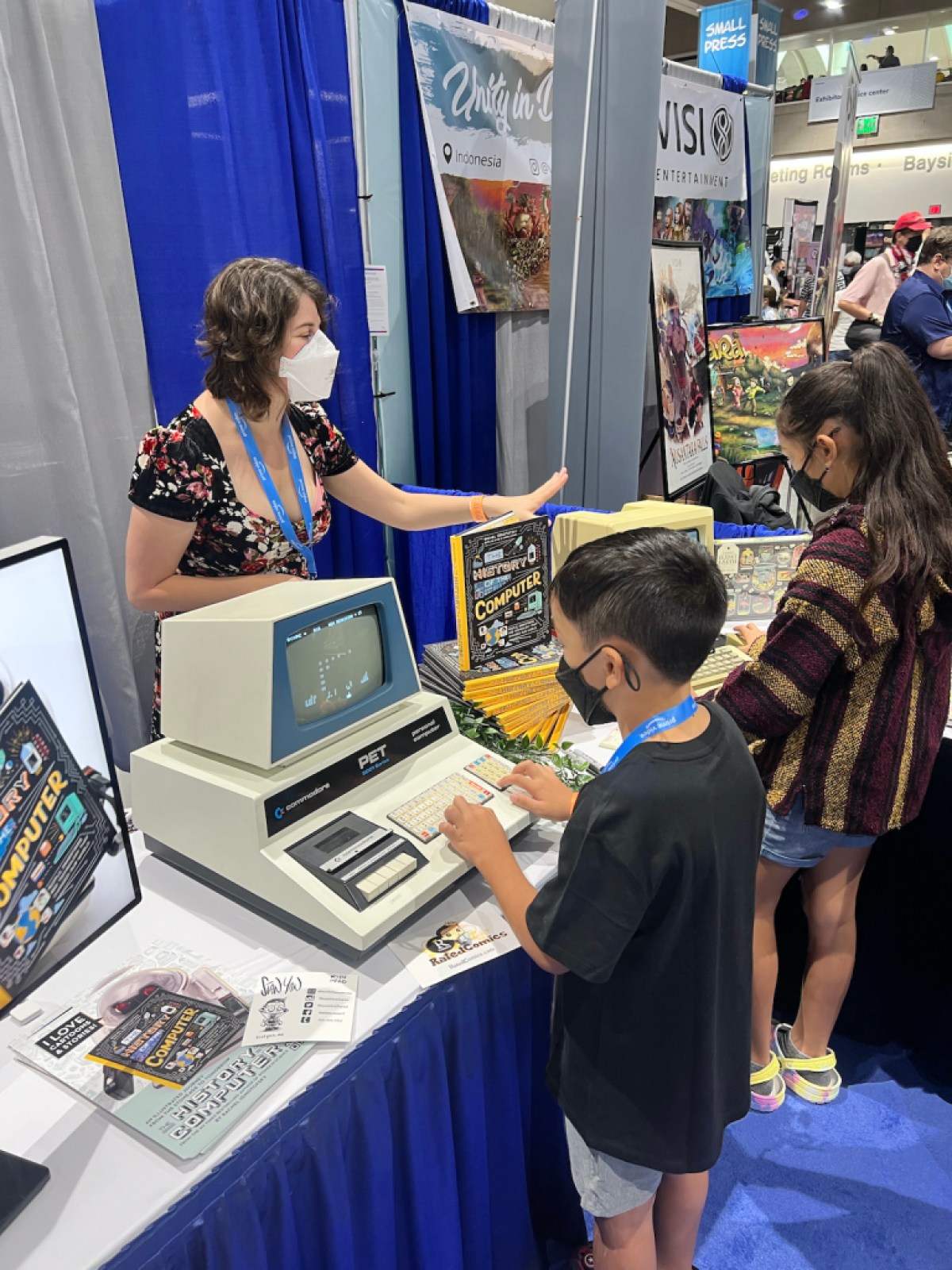
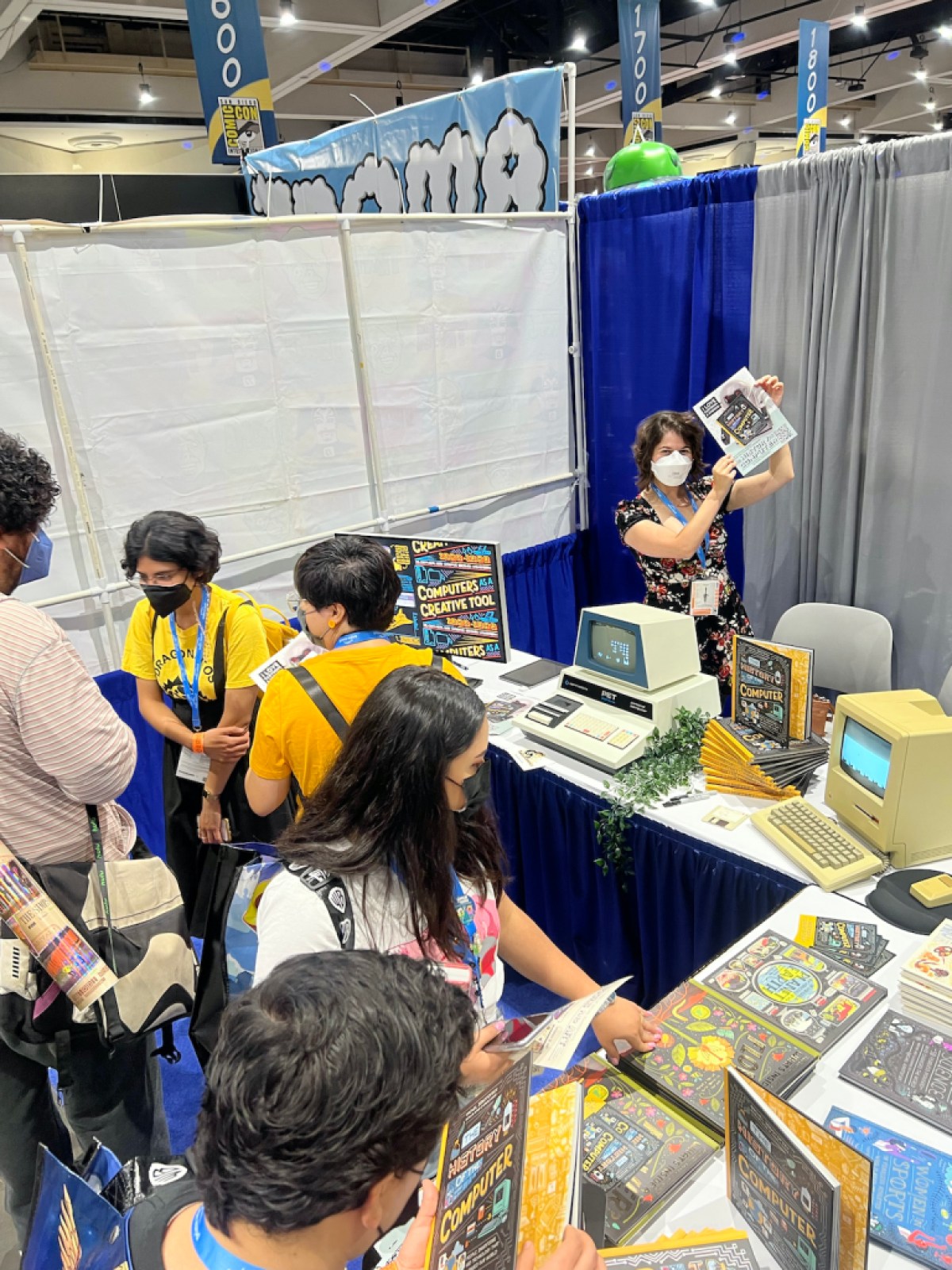
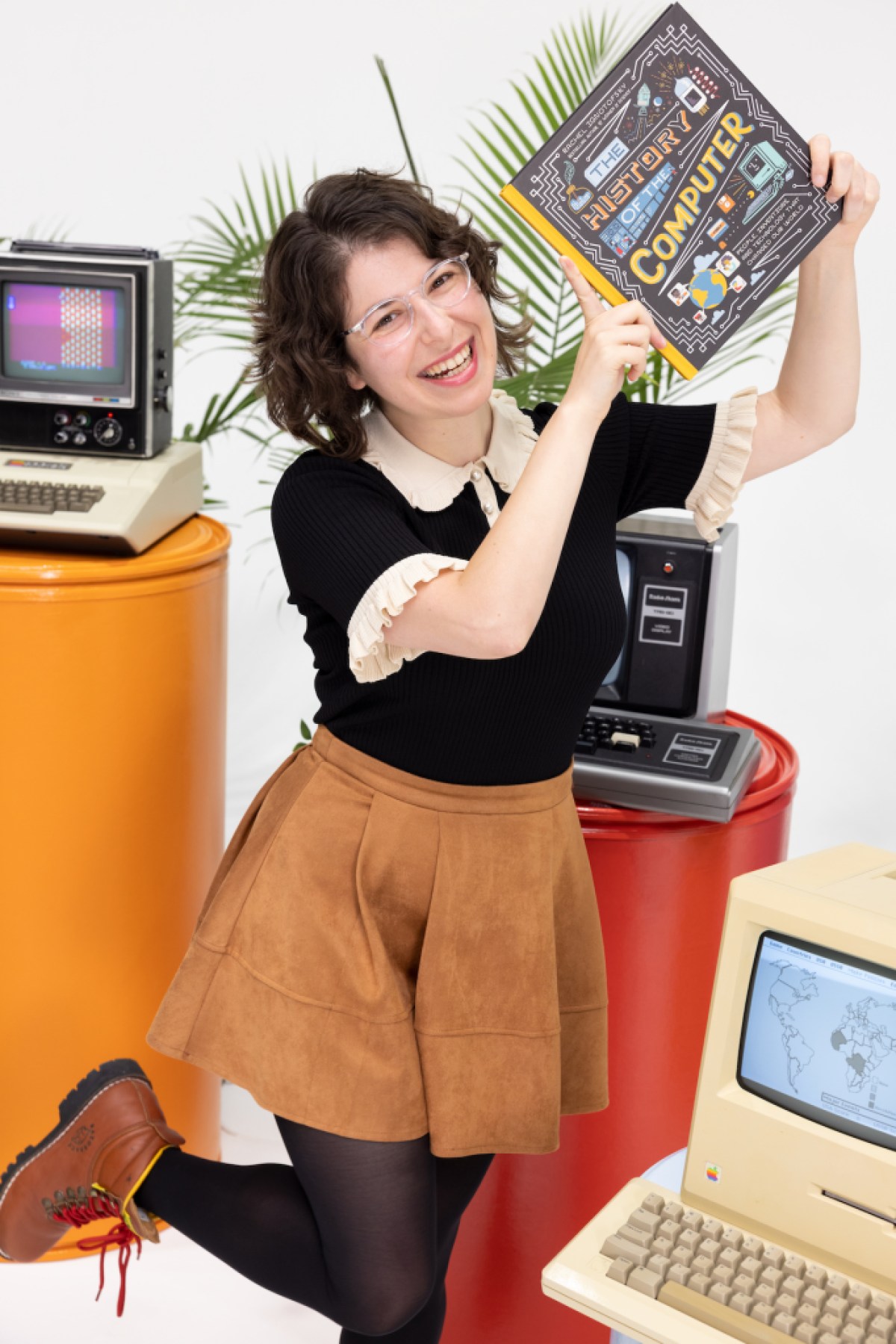
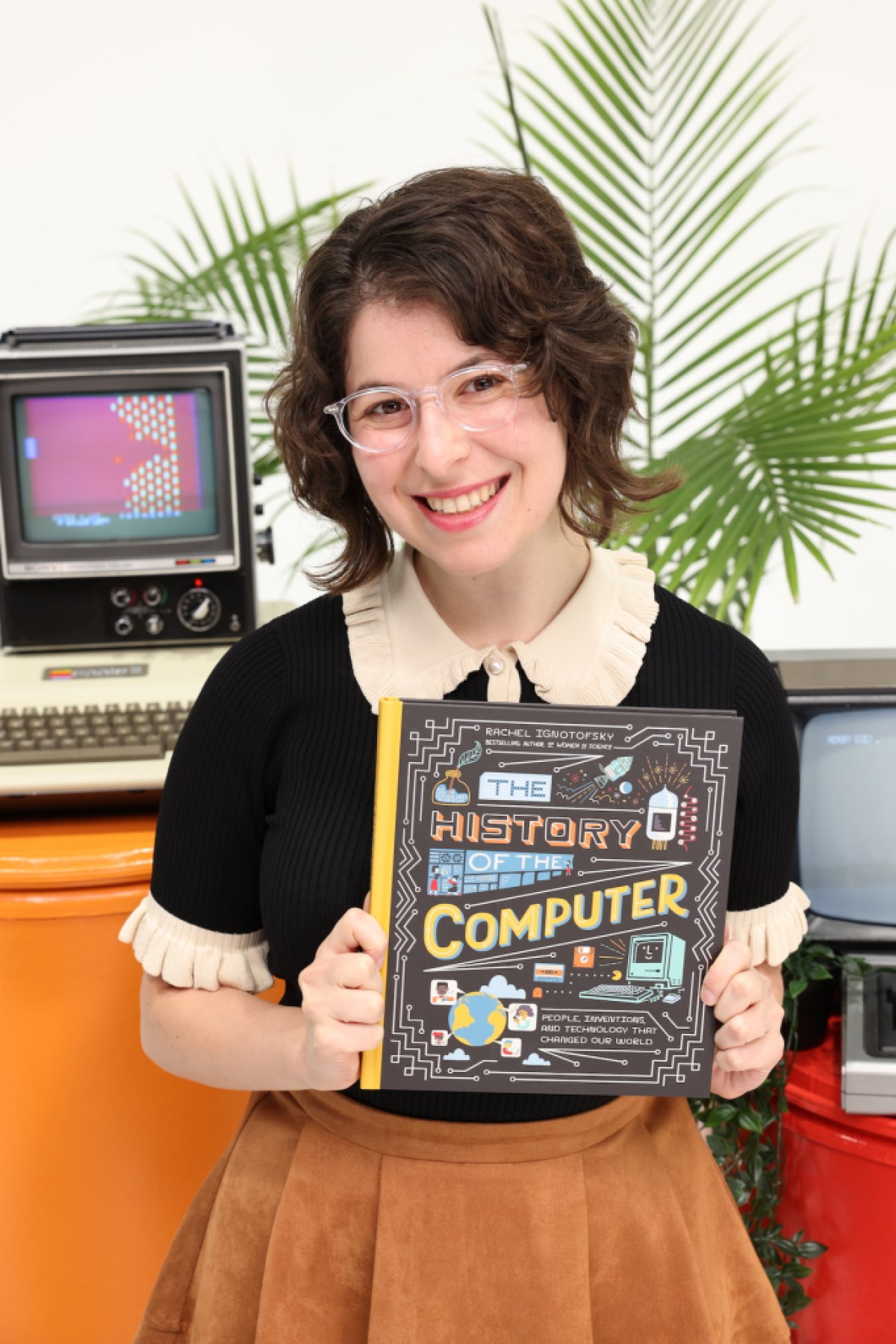
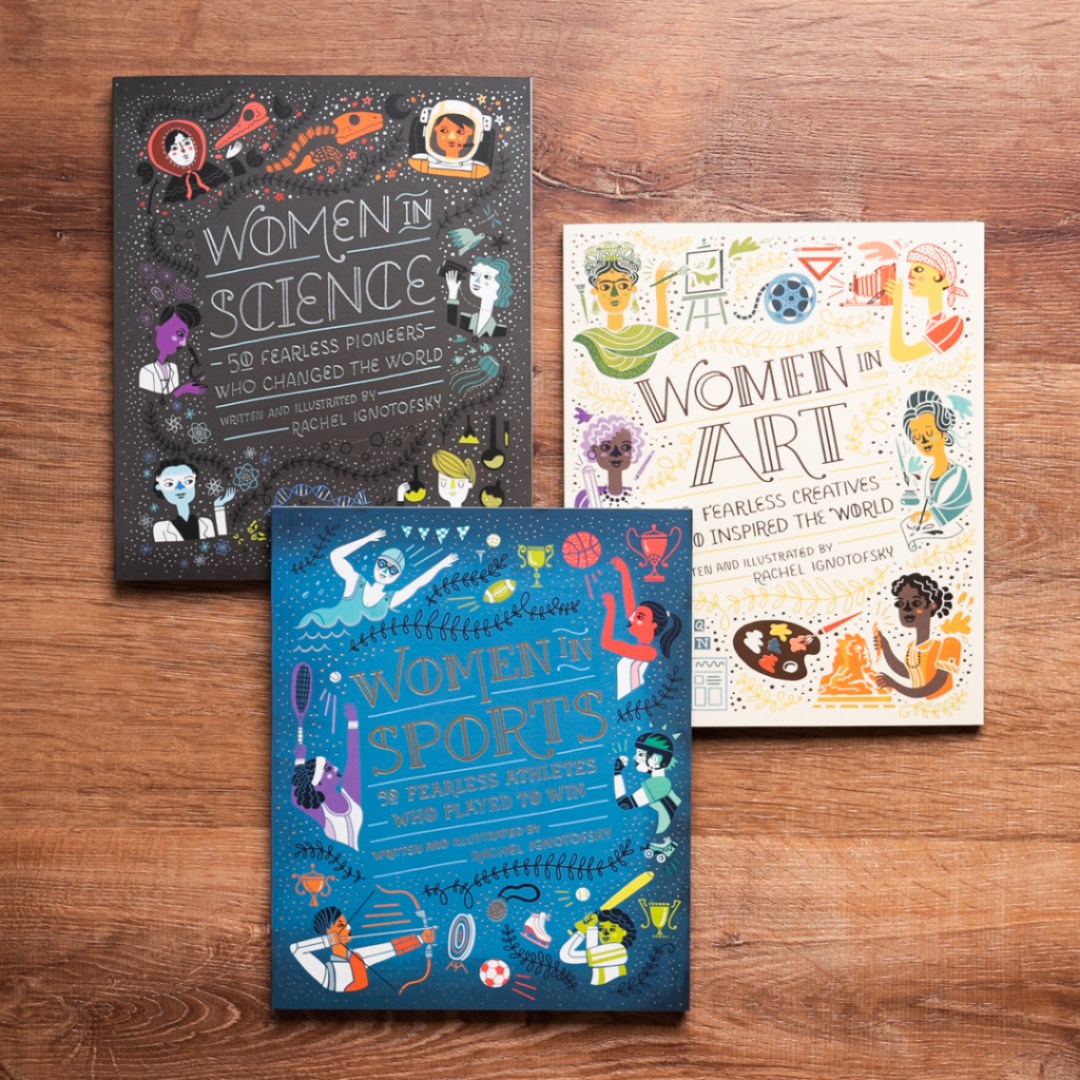



You must be logged in to post a comment.